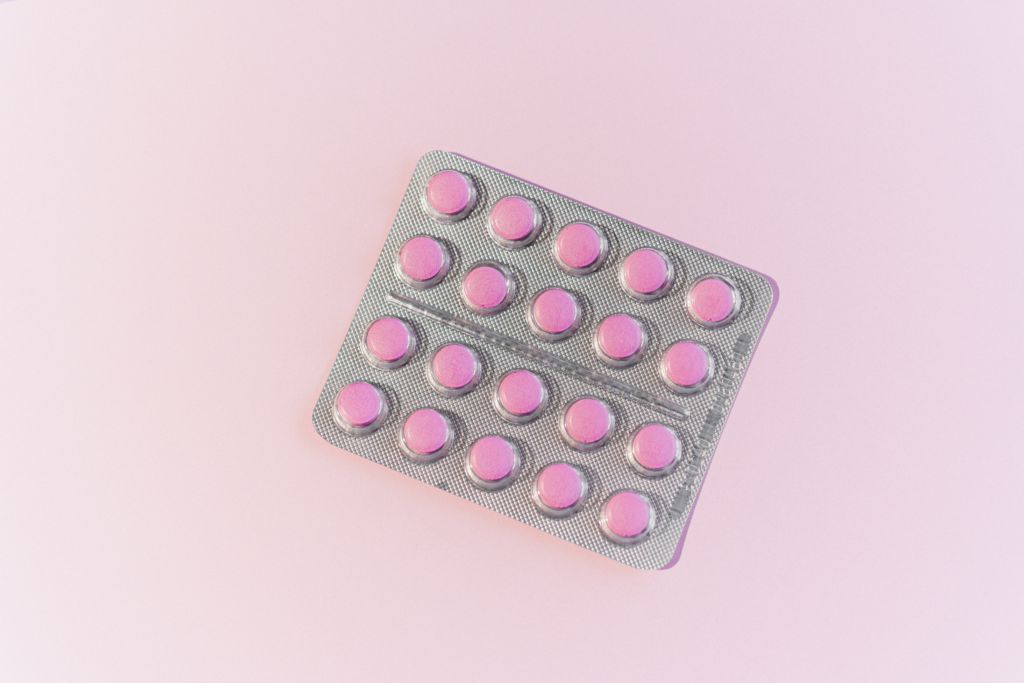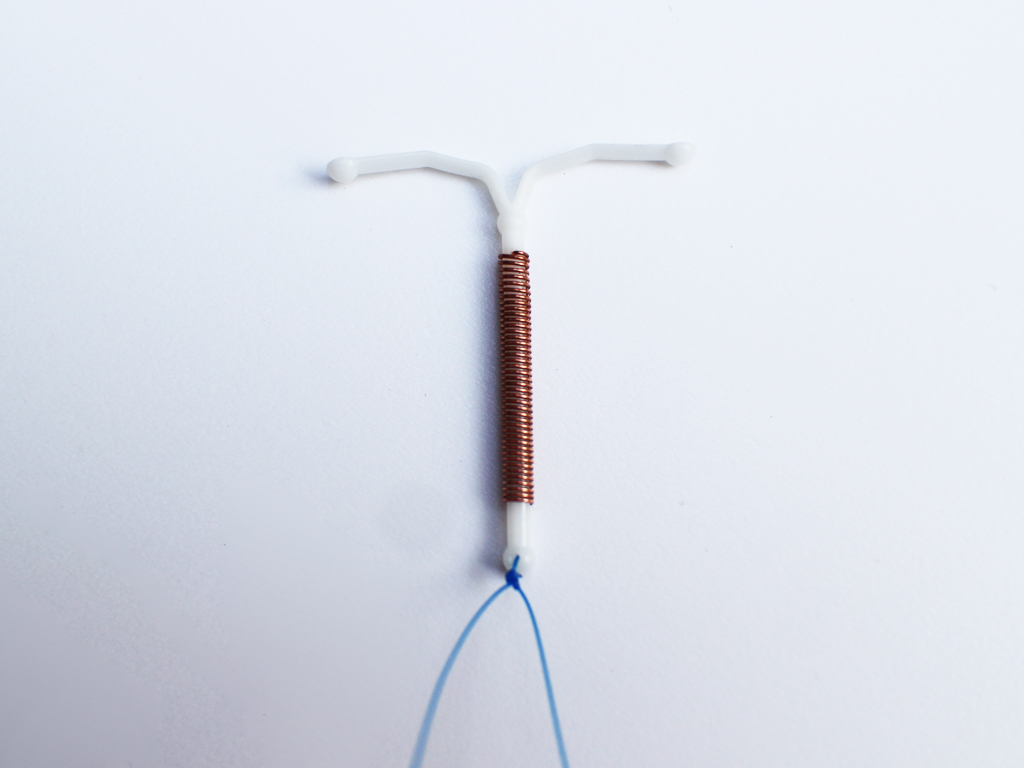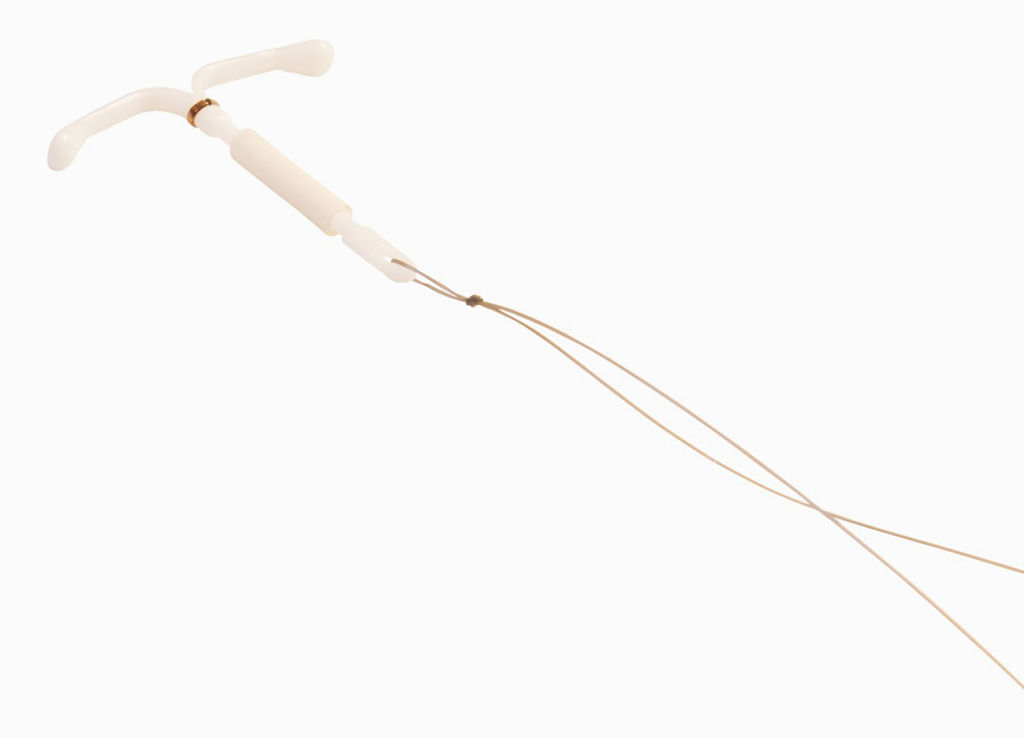Consider This Your Go-To List For Maltese Contraception Prices, Places And Info

Malta has notoriously put sexual and reproductive health on the backburner with a decades-old policy, expensive hormonal medication and a sexual health education system that was seemingly made by the most church-loving, sex-hating and out-of-touch people Maltese society has to offer.
That said, the island does provide an array of contraceptive options with different prices and places they can be acquired.
So, consider this to be your go-to list for all the information you need regarding cost, places to buy and the products themselves.
This is by no means providing medical advice – before choosing to use any type of hormonal contraception you should always contact a gynaecologist or a qualified medical professional.
IMPORTANT: hormonal contraception does NOT protect from sexually transmitted diseases or infections so if you have new or multiple sexual partners, please wear a condom.

1. Condoms

Image by Deon Black (https://letstalksex.net/free-erotic-photos/)
Condoms are barrier methods that protect people from STDs and STIs which can range from extremely uncomfortable infections to potentially fatal viruses.
This contraception is the easiest to acquire method on this list – it is also the only method on this list that has to be directly used by men.
Although the prices vary depending on the brand and features of the condom itself, they’re considered to be relatively cheap with stable prices.
Features would include things like extra protection, ribbed material for pleasure and different flavours.
On average, the price of a single condom is around one euro but they are more commonly sold in packs of three, 12 and 24 which cost about €3.50, €10 and €20 respectively.
One easy and social-contact free place to buy a three-pack, or even a single, is from a specialised condom machine which are often found in bars, pubs, nightclubs and public bathrooms to promote safe sex.
BUT, if you do decide to use a condom from one of these machines, you should first take some safety precautions by checking the expiration date, the material (ideally latex, but if you’re allergic, polyurethane and polyisoprene condoms can possibly serve as options) and that it’s labelled for disease prevention.
If so, go nuts.
Condoms are also sold at all supermarket chains and pharmacies.
It’s also best to use a widely trusted condom brand like Durex or Trojan because these would be professionally tried and tested for both comfort and protection.
2. Hormonal Pill

Pill
Birth control pills are some of the most popular forms of contraception however the choices, effects and uses of these pills are a lot more vast than condoms.
Besides having multiple brands, there are a number of different types of birth control pills that contain varying levels of hormones. There are also several reasons why and ways in which these pills can be used.
So get comfy and grab a snack, this is going to be a long one.
The two main kinds of hormonal pills are the combination and the mini pill. The former contains both oestrogen and progestin while the latter only contains progestin.
There are also a wide variety of combination pills to choose from that depend on the person and their best suited dose of hormones according to their body’s needs and reactions, along with how often they want to get their period.
In fact, combination birth control comes with different mixtures of active and inactive pills.
There are the conventional packs which usually contain 21 active pills and seven inactive pills, or 24 active pills and four inactive pills.
Bleeding occurs monthly when the inactive pills are taken, the Mayo Clinic says.
Continuous dosing, also referred to as the extended cycle, are packs with typically 84 active pills and seven inactive pills.
Bleeding occurs around four times a year when the inactive pills are taken.
Formulations that contain only active pills, thus eliminating bleeding, are also available.
Combination birth control pills are further categorised according to whether the dose of hormones in the active pills stays the same or varies.
Yep, told you it was vast.
Anyway, monophasic pills contain the same amount of oestrogen and progestin while multiphasic active pills have varying amounts of hormones.
Both types of pills (combination and mini pill) act as birth control and with different potential side effects and restrictions.
For instance, with the combination pill, you are more at risk of high cholesterol, heart attack, stroke, cervical cancer and blood clots (especially for smokers).
However, it reduces the symptoms of endometriosis and premenstrual syndrome, while lowering the risk of ovarian, endometrial and colorectal cancers.
The mini pill, on the other hand, can be taken by persons with health conditions that increase the risks of taking combined pills; like blood clots, migraines and high blood pressure.
But if you skip a pill or take it more than three hours late – which is an extremely common mistake – you need to use a backup form of birth control for at least two days.
Now that that’s been explained, let’s get to the prices.
First, to actually get a pill you need a prescription which requires a visit to a gynaecologist or qualified medical professional. If you choose to do this at Mater Dei, it will be free – but there is usually a pretty long waiting list.
If you decide to do this at a private hospital instead, it will cost you roughly €50 – €250, depending on the services you make use of.
One pack of birth control pills costs between €12- €20 per month, and they can be bought at most pharmacies with a doctor’s prescription.
With typical use, combined pills are around 91% effective while perfect use assures over 99% effectiveness and Malta offers Adele, Yaz, Yasmin, Yasminelle, Nelya, Vreya, and Qlaira.
Meanwhile, the mini pill is slightly less effective and in Malta, Lamya is available.
3. Vaginal Ring

Vaginal ring
In Malta, the NuvaRing and Teyla are available in most pharmacies and they too require a prescription.
For a three month supply of one of these rings, it will cost you around €50.
This product is a small, soft, plastic ring that’s placed in the vagina for 21 days and releases a continuous dose of the hormones oestrogen and progestogen into the bloodstream to prevent pregnancy.
Contrary to popular terminology, this is NOT a female condom so it does not protect from STDs and STIs.
You can, however, start using the vaginal ring at any time during your menstrual cycle if you’re not pregnant.
It’s typically kept in the vagina for 21 days and then removed for a seven-day break in which you will still be protected against pregnancy.
The ring-free break is not necessary though (according to the NHS), you can shorten the time or not have it at all and it will still be as safe and effective as the standard use as long as it is then changed after 28 days.
In fact, if used correctly it should be more than 99% effective.
If the ring is inserted in the first five days of menstruation then you’ll be immediately protected against pregnancy. However, if you start it at any other time during your cycle you’ll need additional contraception for the first seven days.
Talk to a certified medical professional about the best time to start using the ring and whether you need to use additional contraception.
4. Copper IUD

Copper IUD
The copper IUD is an intrauterine device that provides long-term non-hormonal birth control.
There are three types of these devices sold in Malta called the Flexi T, the Eurogine and the Monalisa.
The former two last five years while the Monalisa lasts 10.
They cost around €200 – €300 with the procedure included. However, this completely depends on your gynaecologist and their rates.
At present, the National Pharmacy in Ħamrun, St. Philip Pharmacy in Għaxaq and CarePlus Medics in Attard provide coil insertion or sell the IUD which will then be inserted by your gynaecologist of choice.
It is possible that other national pharmacies sell it too.
It’s a T-shaped plastic frame with copper wire coiled around the device that produces an inflammatory reaction that’s toxic to sperm and eggs, thus preventing pregnancy.
It’s both inserted and removed from the uterus by a healthcare provider.
A month after the insertion procedure you’d need to be re-examined by a healthcare provider and the side-effects include bleeding between periods, cramps and severe menstrual pain.
It’s also possible for your uterus to expel the copper IUD and this is more likely to occur within someone who’s never been pregnant, is younger than 25 years-old, had it inserted immediately after childbirth, has heavy or prolonged periods and has severe menstrual pain.
However, it does not carry the side effects of hormonal contraception like blood clots or menstrual cycle disruption.
This mode of contraception is over 99% effective if used perfectly.
5. Hormonal IUD

Jaydess: hormonal IUD
The hormonal IUD is also an intrauterine device that is shaped similarly to the copper one. However, it releases the hormone levonorgestrel (which is a type of progestin) from the uterine area to prevent pregnancy.
The price of this, including the procedure, can range from €183 – €335 depending on the gynaecologists fees – it can be bought from most pharmacies.
In Malta, there are two types of hormonal IUDs, the Mirena and the Jaydess.
The Mirena can remain in place for up to five years and is the usual choice for women who have already given birth. It is also used to manage heavy bleeding.
Whereas the Jaydess lasts three years and it is subsequently cheaper than the Mirena. Conversely, it is popular among people who have never given birth.
Meanwhile, around 20% of women stop having periods after one year of using the Mirena and some women on the Jaydess experience infrequent menstrual periods or absent menstrual bleeding.
Nonetheless, they share a list of side-effects such as headaches, acne, irregular bleeding, mood changes and pelvic pain.
Like most contraceptives, the hormonal IUD is not appropriate for everyone, especially for people who have or had breast cancer, uterine or cervical cancer, liver disease, uterine abnormalities that interfere with the placement or retention IUD itself, a current pelvic inflammatory disease and unexplained vaginal bleeding.
6. Emergency Contraception

The morning after pill is a type of emergency contraceptive to protect from pregnancy after a person has had unprotected sex – meaning that they did not use any contraception or that the contraception had failed (for instance, a torn condom or missed pill).
One of the emergency contraceptives that Malta offers is the EllaOne which contains ulipristal and can be taken up to five days after having sex.
The rest of the morning after pills contain the hormone levonorgestrel and they can only be taken up to three days after having sex.
However, the sooner a morning after pill is taken the more likely it is to prevent pregnancy – all in all they’re about 75% effective at preventing pregnancy.
This is sold in pharmacies without the need of a prescription. Nonetheless, due to unfounded controversy, some pharmacies refuse to sell it.
In fact, FPAS told Lovin Malta that some pharmacies would refuse to sell the pill to 16-year-old, despite having it in stock and selling it to other women. This is obviously ridiculous and dangerous, potentially condemning Maltese teenagers to an unwanted pregnancy and an overall traumatic situation.
The price of this pill varies from around €15 to €45 depending on the brand – the EllaOne is generally more expensive.
The most common side effects of this pill are headache, nausea, abdominal pain and spotting a few days after taking it.
Vomiting may also occur, but if this happens within two hours of taking the pill (or three in the case of the EllaOne) it is recommended that you take another dose.
Also please keep in mind that this is not an abortive pill and that it does not reduce your fertility in the future.
BONUS: Vegan Condoms

You heard it here first: vegan condoms.
Now despite the appeasing name, these products are definitely a lot more sustainable than regular condoms but they still use latex.
However, the material is sourced ethically and the products are paraben, gluten and cruelty free.
They also cost pretty much the same as conventional condoms; a three-pack costs €3.90, a 10-pack is €9.90 and a pack of 100 green condoms costs just €62.
In case you didn’t know, normal condoms contain casein which is a milk protein found in the curds.
It is generally used to help smoothen the condom and gives the conventional condoms that classic sour latex door that may increase sensitivity in those allergic to latex.
Therefore, the green condoms have a much less pungent odour.
They are manufactured by a Swiss company called the Green Condom Club and you can order their products through their online site (shipping costs an additional €6).
You can also apply for a subscription to get your cruelty-free condoms seamlessly and hassle-free.
The company is compliant with EU and ISO standards, therefore they are tried and tested to ensure that you are fully protected.

If you are interested in trying out some new forms of contraception, always consult a gynaecologist or medical professional first to explore what would work best with your body, especially when you’re adding hormones to the mix. Doing this without professional advice can be extremely dangerous.
Otherwise, if you are not with an exclusive partner or you do not want to get pregnant, please practice safe sex.
Just a quick reminder; don’t feel any sort of shame when buying contraception. No matter how old you are, we’ve all been there.
Stay safe and stay proud.
Share this with someone who needs this info
